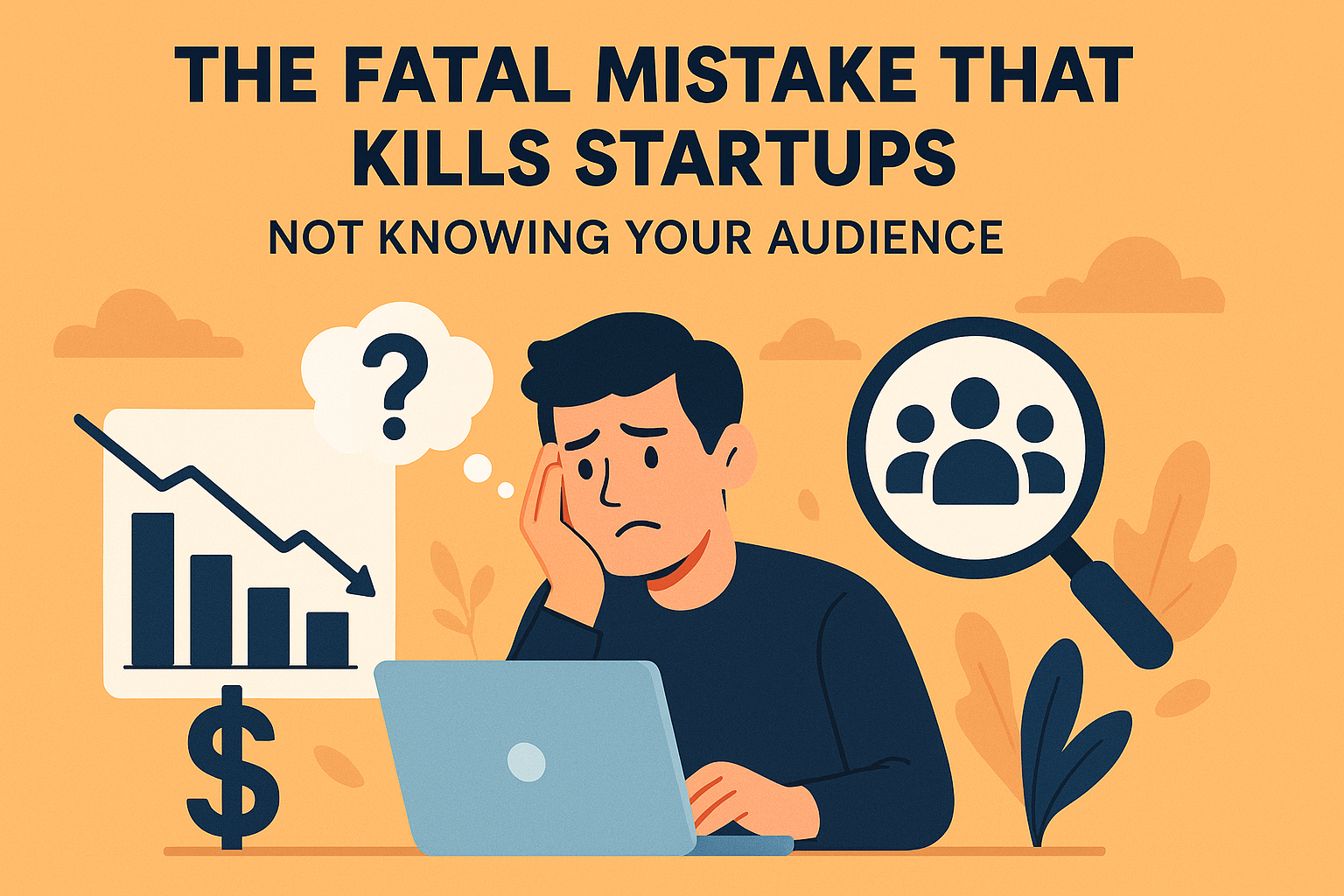Why Jeff Bezos refused to add color to the Kindle. What every founder must learn from it
“You Don’t Understand My Audience”
When Charlie Rose asked Jeff Bezos in 2012 if the iPad was a “Kindle killer,” everyone expected a defensive response. The iPad was everywhere. It was sexy. It had color, apps, video. Everything the Kindle didn’t.
Jeff’s response was masterful:
“It’s a very different product, and I can give you an example. If I came to you and said: ‘Charlie, I love your show, but we’ve got to sex it up. We need fast cuts and vicious arguments between your guests.’ You would rightly say to me: ‘Jeff, I love you man, but you don’t understand my audience. We have a cerebral conversation here. It’s what we do, and it’s how we’re differentiated.'”
He continued: “When people come to me and say: ‘You’ve got to have full-motion video and color on the Kindle.’ I say: ‘Why? You think Hemingway is going to pop more in color?’… You don’t understand my audience.”
Jeff explained that the Kindle was a purpose-built device for reading where no tradeoffs had been made. Every single design decision was optimized for reading. Not for watching videos. Not for playing games. For reading.
And knowing exactly who his audience was gave him conviction in the Kindle team’s design decisions. Even when everyone was predicting the iPad would crush them.
This is the difference between companies that survive and those that don’t.
The Feature Trap That Destroys Startups
Walk into any failing startup, and you’ll find the opposite of Bezos’s clarity: a bloated product roadmap filled with features their “audience” never asked for. These companies are so busy checking boxes on feature comparison sheets that they forget to ask: Does our audience actually care about this?
The reality? Lots of startups fail because they don’t understand their audience.
They build elaborate features that look impressive in pitch decks but solve problems their customers don’t have. They add “full-motion video and color” to their Kindle, thinking it’ll help them compete, when all it does is dilute what made them valuable in the first place.
The Dangerous Lie: Going Wide to Win Enterprise
Here’s where it gets even worse. Many startups, desperate for enterprise contracts and those attractive dollar signs, start lying about their capabilities. They claim to do everything for everyone. They promise rock-solid solutions for use cases they’ve never truly mastered.
This all backfires. Spectacularly.
Let me be blunt: Customers are not naive. They are very intelligent.
Startups think that by simply checking a box for XYZ feature, they’ll magically increase their sales. But it actually works the other way around. Enterprises see through the facade immediately. They’ve been burned before by vendors who overpromised and underdelivered.

The Real Enterprise Playbook
Here’s what I’ve learned from experience: Enterprises are fine having multiple products from different vendors.
They don’t need you to do everything. What they desperately need is for you to be exceptional at ONE thing.
Think about it practically. A company laser-focused on solving cloud issues who then lies about having a “rock solid product for on-premises” will fail miserably. Why? Because on-premises is not their audience.
Instead of wasting precious resources building features for on-premises deployments they don’t understand, if they focused exclusively on cloud or SaaS, their actual sweet spot, they would succeed exponentially more.
Enterprises would rather work with three different vendors who each excel at their specific domain than one vendor who does ten things poorly.
The Hunger That Leads to Extinction
But here’s the tragedy: startups are hungry for more.
Hungry for bigger deals. Hungry for wider markets. Hungry for that unicorn valuation.
And in that hunger, in that process, they become dawn and dusted.
They spread themselves too thin. They dilute their core value proposition. They confuse their existing customers while failing to win new ones. They become a mediocre solution for everyone instead of an indispensable solution for someone.
The Lesson We Must Learn
The path forward is counterintuitive but proven:
Know exactly who your audience is. Then build exclusively for them.
Not for who you wish your audience was. Not for the market segment you think will make you more fundable. Not for the enterprise logo you’re desperate to land.
Build for the people who actually need what you’re uniquely positioned to deliver.
Stop adding features your audience doesn’t care about. Stop lying about capabilities you don’t have. Stop thinking wider is better.
Start asking: Who are we serving? What problem are we solving for them better than anyone else? How can we become absolutely indispensable to this specific group?
The irony of startup success is this: the narrower you focus, the bigger you can grow. The more specific you become about your audience, the more customers you’ll attract.
Be Like Bezos: Have the Courage to Say No
When Jeff Bezos refused to add color to the Kindle, he wasn’t being stubborn. He was being brilliant. He understood something most founders miss: knowing your audience gives you the power to say no.
No to features that would dilute your value. No to markets that aren’t yours to win. No to the siren song of doing everything for everyone.
The Kindle didn’t need to compete with the iPad because it wasn’t trying to be the iPad. It was trying to be the best reading device ever made. And that clarity, that absolute conviction about the audience—is what allowed it to thrive alongside the iPad rather than be crushed by it.
Master one thing. Own one audience. Solve one problem better than anyone else in the world.
That’s not limiting your potential, that’s unlocking it.
The startups that survive aren’t the ones that do everything. They’re the ones that know exactly who they’re for and have the courage to say: “You don’t understand my audience.”
Comments are closed